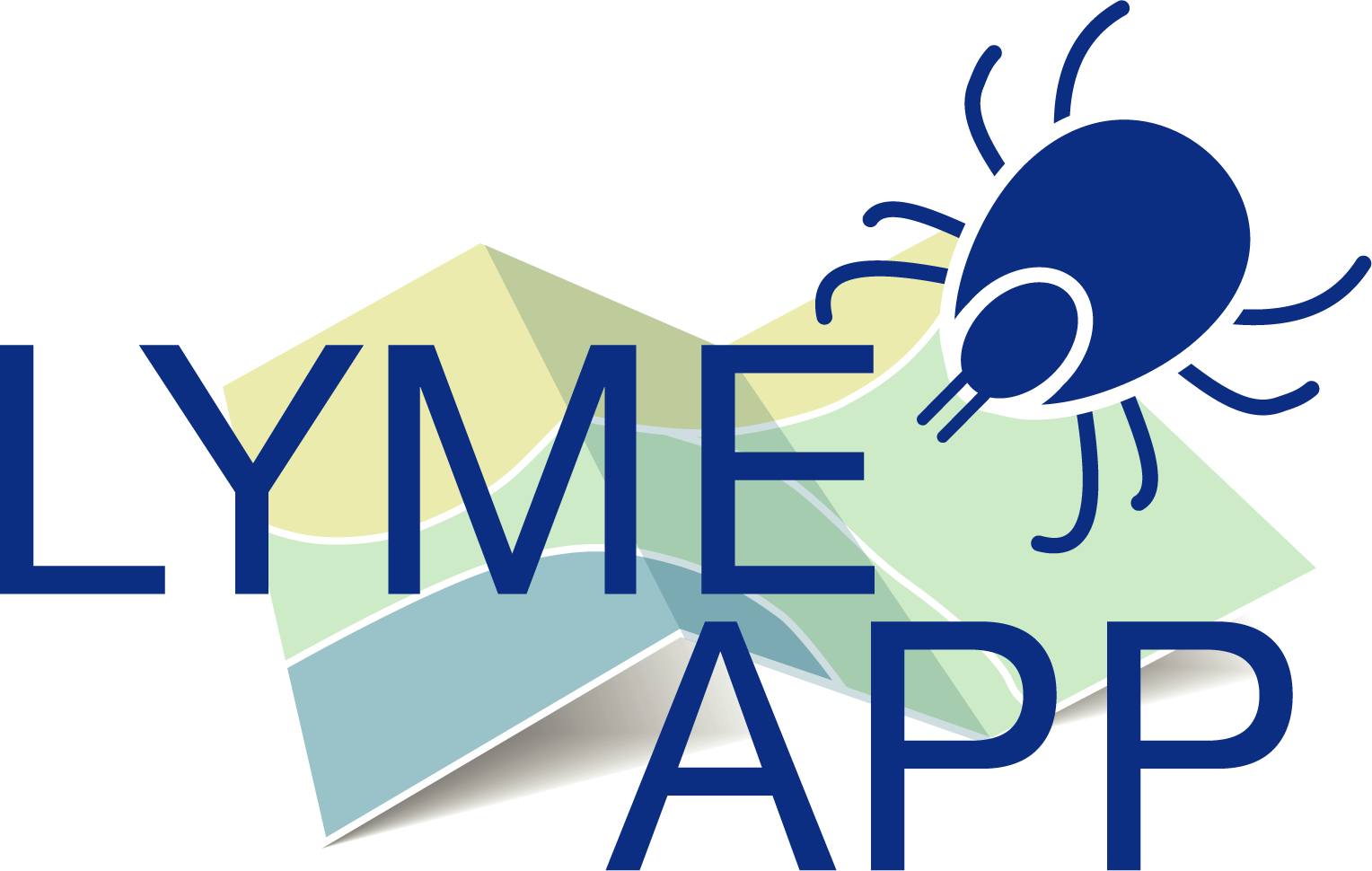Treatment of Lyme disease
Treatment of Lyme disease
The recommended treatment for Lyme disease is a course of antibiotics. The antibiotics will need to be taken for 2-4 weeks depending on the symptoms, age of patient and the time of diagnosis [66]. If you are prescribed antibiotics, it is essential that you complete the course even if you are feeling better to ensure that all the bacteria are killed.
 People who have erythema migrans rash and no
evidence of neurological, cardiac or joint involvement are given a 14-28 days oral course of antibiotics:
People who have erythema migrans rash and no
evidence of neurological, cardiac or joint involvement are given a 14-28 days oral course of antibiotics:
- Adults and children 12 years of age and older:
Doxycycline (contraindicated in pregnancy and breast feeding) or amoxicillin - Children under than 12 years of age:
Amoxicillin
Treatment of Lyme Disease – reaction to treatment
Some people may have a reaction within the first 24 hours of taking antibiotics when their symptoms may appear to get worse. This is not an allergic reaction and patients should continue taking the antibiotics. However if their symptoms become severe or they do develop an allergic reaction, such as urticaria, they should consult their GP.
 A Jarisch–Herxheimer reaction has been
observed in about 15% of people with Lyme disease in the first 24 hours of treatment with antibiotics. [68, 81]
A Jarisch–Herxheimer reaction has been
observed in about 15% of people with Lyme disease in the first 24 hours of treatment with antibiotics. [68, 81]This reaction, arising from the release of toxins following the death of the bacteria, consists of a worsening of fever, chills, muscle pains, and headache. Tachycardia, hyperventilation, vasodilation with flushing, and mild hypotension may occur. [82]
Other treatments for ongoing symptoms of Lyme disease
Some people with Lyme disease may require additional treatment for ongoing symptoms of Lyme disease e.g. to help them manage symptoms such as:
- Chronic pain
- Depression and anxiety
- Fatigue
- Sleep disturbance
